View Biology Lab Report (1)docx from BIOLOGY 102 at Modern American School Biology Lab Report Title The Effect of Changing the PH on the Volume of Oxygen Consumed By Raneem Khateeb Research Dormancy is the period of time in which the seed does not germinate even if the conditions for germination are present and convenientLaboratory on Seed Germination The Effect of Light on Lettuce Seed Germination Resurrection of a classic plant physiology lab exercise American Biology Teacher 71(6) Takaki, M, and V M Zaia 1984 Effect of light and temperature on the germination ofExperiment 1 Effects of pH on Radish Seed Germination Natural soil pH depends on the parent rock material from which it was formed and processes like climate Soil pH is a measure of the acidity or alkalinity of the soil Acidic soils are considered to have a 50 or lower pH value whereas 100 or above is considered a strong basic or alkaline
Seed Germination Lab Report Great College Essay
Biology lab report seed germination
Biology lab report seed germination-Seeds Need the Right Environment to Germinate Temperature, moisture, air, and light conditions must be correct for seeds to germinate All seeds have optimal temperature ranges for germination (Table 1) The minimum temperature is the lowest temperature at which seeds can germinate effectively The maximum is the highest temperature at which seeds can germinateThe Effect of Different Sodium Chloride (NaCl) Concentration on the Rate of Soybean (Glycine max L) Germination Introduction Seed germination is a complex phenomenon involving many physiological and biochemical changes and leading to the activation of embryo (Bewley & Black, 1985)Seeds vary in their rate of germinationIn normal conditions, soybean seeds should germinate in one to two days


Seed Germination Lab Report Great College Essay
It is seed that is over a year old, a wet paper towel germination test can be used to test the seed Dormant seeds contain all the materials required to start new plant growth including starches The Seed Biology Place Methods in a lab report Germination Tests Seed germination tests are regularly done by nurseries to determine seedGermination of typical seeds begins with the process of imbibing the seed (the passive uptake of water), continues with resumption of cellular metabolism and ends with the emergence of the radicle (root tip) from the seed coat The processes of growth begin as germination ends, and these substantially enlarge the seedlingThe only difference in my lab was that I used sugar, instead of salt I used the following concentrations Distilled water, 0125 molar, 025 molar, 05 molar and 1 molar
How to write a lab report Methods section The format for the entire lab report is summarized in the handout of laboratory requirements BIO 121 General Biology Sample Lab Report This handout will use a lab material on seed germination as an example of how to write a methods sectionIntroduction and Presentation and Video Story Seed germination and seedling growth are influenced by many factorsSome of these are physical factors of the environment in which the seed exists, including climate (ie, temperature, light quality and intensity, and moisture availability), soil factors (fertilizer or nutrient levels, acidity pH, and salinity) and other physical stimulants orThe process of growing of seed into a plant after getting favorably conditions is known as seed germination This experiment helps us to know different environmental factors for germination Seed germination project is related to biology We can easily demonstrate this project and also get knowledge via this project
(he most common e1amp)e of germination is the sprouting of a seed)ing from a seed of an angiosperm or g,mnosperm!Germination of typical seeds begins with the process of imbibing the seed (the passive uptake of water), continues with resumption of cellular metabolism and ends with the emergence of the radicle (root tip) from the seed coat The processes of growth begin as germination ends, and these substantially enlarge the seedlingLab The Effects Of Sodium Chloride On Seed Germination 1258 Words 6 Pages Lab Report 1 The effects of Sodium Chloride on Seed Germination INTRODUCTION Germination is the process in which plant seeds sprout into a seedling to further develop into a mature plant (Lab manuel)



Pdf Role Of Enzymes In Seed Germination


Seed Germination Lab Report The New Southern View
2actors which affect seed germination inc)ude moisture, temperature and light!To calculate the germination rate, I took the number of seeds that germinated during that time and divided by 10 This number was then multiplied by 100 to obtain the % of seed germination during that time period The cumulative seed germination percentage was calculated by adding all of the percentages at that point during the experimentIf a seed grew too early, it might be exposed to a harsh cold environment If it grew too late, it might not have enough water to survive The process by which an organism grows from a seed into a plant is called germination The seed of a plant is the embryo, and it contains enough energy for the plant to survive until it is time to start growing



Data Analysis Conclusion Take Out Your Data From The Seed Germination Lab One Person From Each Group Please Update The Data Chart If You Have Not Done Ppt Download
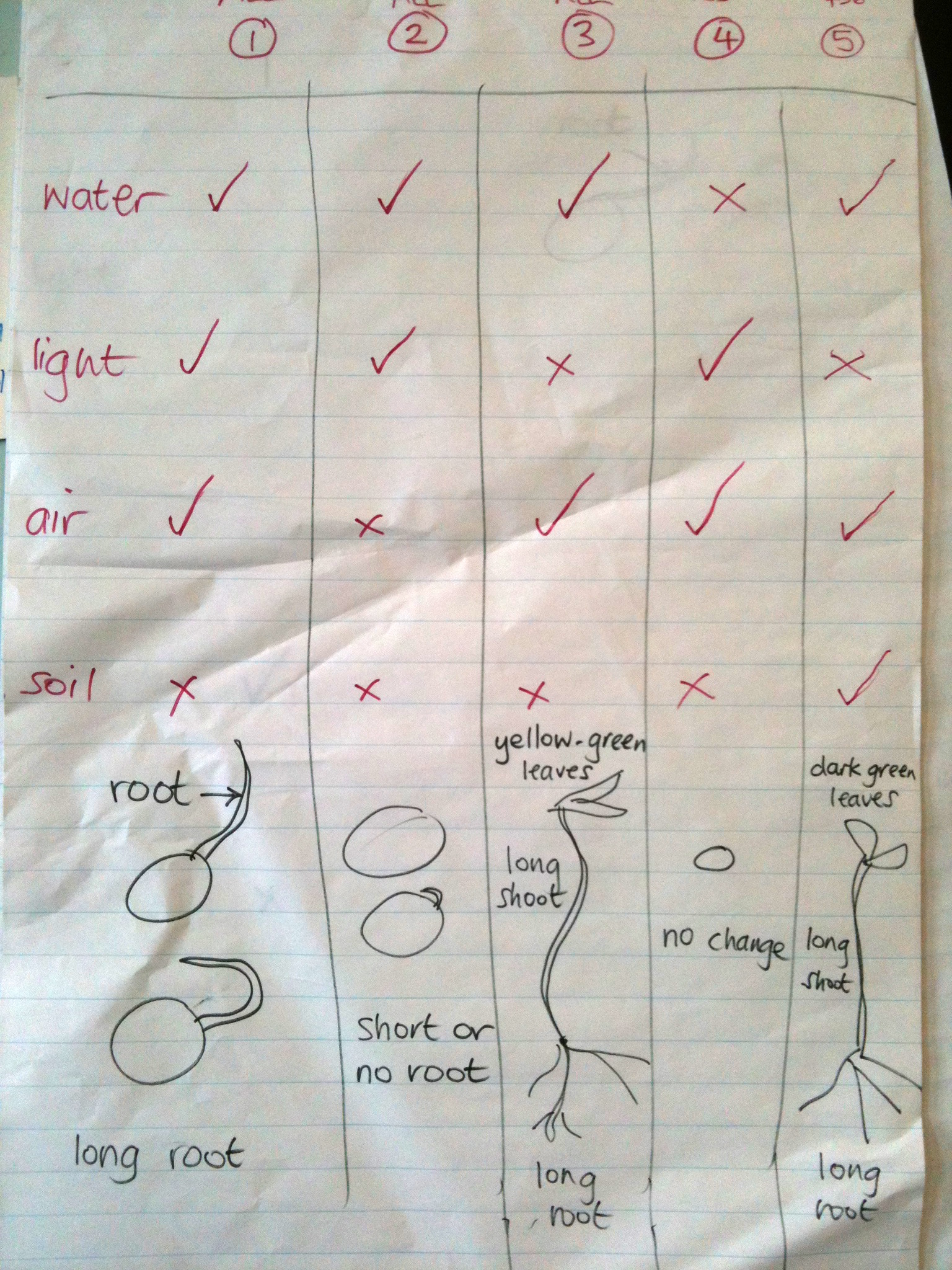


Seed Germination Requirements Ingridscience Ca
Science presenter Jon Chase investigates the effect of temperature, water and oxygen on seed germination He finds out that seeds germinate best in warm, moist and well oxygenated conditionsSeed germination definition and reviews Seed germination Germination of seeds is a complex physiological process triggered by imbibition of water after possible dormancy mechanisms have been released by appropriate triggers (see webpage "Seed Dormancy")Under favorable conditions rapid expansion growth of the embryo culminates in rupture of the covering layers and emergence of the radicleCups & Potting soil or Paper towels & Plastic bags Water Ruler May need depending on experiments Colored saran wrap as light filter Desk lamp Soda Gravel Whatever else the students come up with that is easily obtained
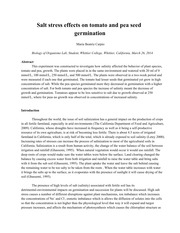


Seed Germination Soil Salinity Lab Biology Germination Mariabeatrizcarpio Student Whittiercollege Whittier California March26 14 Abstract Course Hero
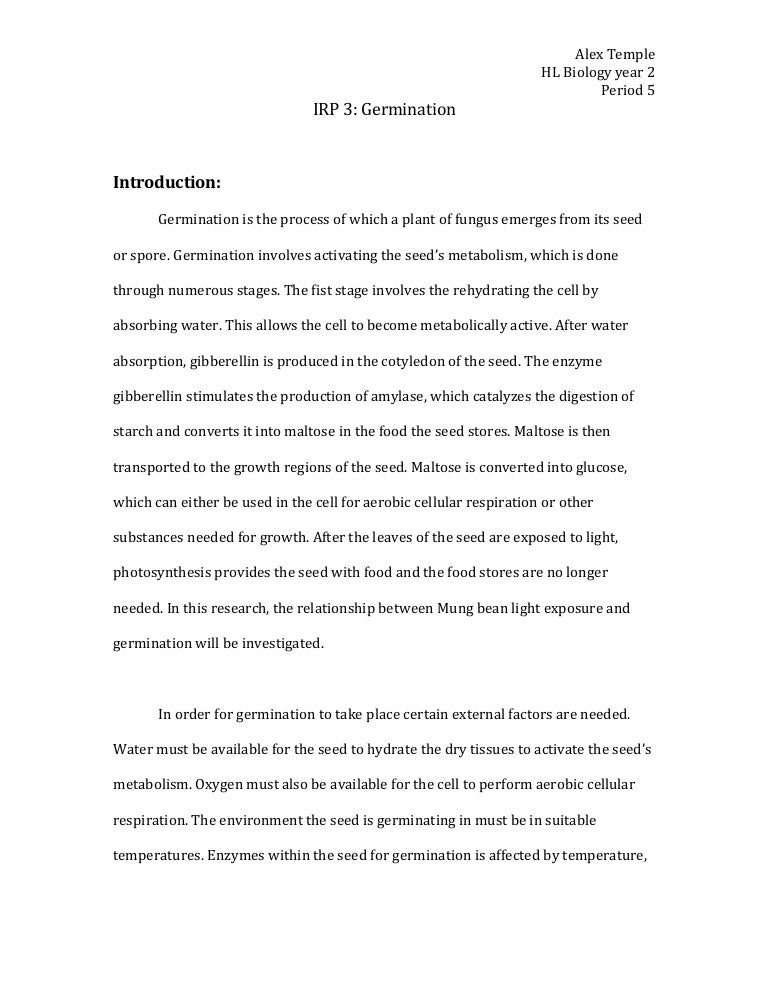


Biology Lab
Seed Germination is the process in which a seed sprouts during maturity and grows and develops This process is affected by various circumstances, such as water, mineral, light availability, and internal regulators such as hormones (Dolphin 358) Because these factors areInvestigation of Plant Seed Germination Learning Objectives Building on the learning objectives from your lab syllabus, you will be expected to 1 Be able to explain the process of the scientific method 2 Use the scientific method to formulate a hypothesis and design an experiment investigating aspects of plant seed germination 3I did the exact same lab last year and scored a 5/6 So I thought I'd have a go at answering your questions for you!


Lab 5 Ap Sample 4 Biology Junction


Floating Leaf Disk Photosynthesis Lab Mufasa Ap Biology
Week 12 photosynthesis lab Bean beetle lab Fly lab week 8 Lab write up for fly lab Chapter 5 Notes Expressions of AntiUrbanism Final Draft Reading Notes Uc timeline Summary The Urban Crisis Micah Program Urban Crisis Midterm Review Ch 14 Notes Week 5 enzymes lab Week 6 mitosis lab Physics Lab 3 Pace Burchett Homework 7 Article Summary lab report Week 5 Bio Post lab Total HemoglobinPaulina Moreno Biology Jennifer Taylor 2/09/21 Virtual Garden Lab Report Instructions Select the Virtual Garden Lab from the lesson assessment page The lab will open in a new window Select begin and follow the instructions to complete the lab report As you complete each slide of the Virtual Garden Lab Activity, please fill in this lab report with the appropriate information and dataHow to write a lab report Methods section The format for the entire lab report is summarized in the handout of laboratory requirements BIO 121 General Biology Sample Lab Report This handout will use a lab material on seed germination as an example of how to write a methods section



Doc Science Lab Report Seed Germination Experiment Lim Yr Academia Edu



Seed Germination Report Biol 580 Kym Forthun Bio 480 18 18 Seed Germination Studocu
Radish Seed Germination Lab Report 3 IntroductionSeed germination is the process of which plant life grows from a seed This process is also thought of as sprouting (Science Buddies Staff) The purpose of this lab is to determine what effect acidic solutions such as lemon juice and base solutions such as ammonia have on radish seedsBeckman AP Biology Summer Assignment 15Effects of Coco Gum Wastewater on the Germination of Selected Agricultural Crops By angel mae cabaylo Germination requirements and seed banks of some nymphaeid macrophytes Nymphaea alba L, Nuphar lutea (L) Sm and Nymphoides peltata (Gmel)


Formal Lab Report Seed Germination Lab Ppt Video Online Download



Frontiers Different Modes Of Hydrogen Peroxide Action During Seed Germination Plant Science
Adriann Straker Biology P&D Lab Form 5 PLAIN Observation Sandra threw some corn seeds outside her window One week later she noticed that seeds which fell in welllit areas as well as those that fell in dark areas sprouted Hypothesis The rate of germination is not affected by the amount of light the seed receives Aim To prove that the rate of germination of that seed is not affectedGerminated/ number of total seeds Germination is the process by which a plant grows from a seed 58 minutes ago Prepare a report of the investigation which includes the following Biology Lab Report Seed Germination Group Report Seed germination is the early growth stage of the a seed (plant baby) College lab report outline ME StudentThe process of growing of seed into a plant after getting favorably conditions is known as seed germination This experiment helps us to know different environmental factors for germination Seed germination project is related to biology We can easily demonstrate this project and also get knowledge via this project



Elvira M Seed Germination Lab Report Docx Seed Germination Lab Report Elvira Meshcherova What Are The Effects Of In Room Conditions On The Growth Of Course Hero



Seed Germination Characteristics Of Invasive Spartina Alterniflora Loisel In Japan Implications For Its Effective Management Scientific Reports
The Effect of Different Sodium Chloride (NaCl) Concentration on the Rate of Soybean (Glycine max L) Germination Introduction Seed germination is a complex phenomenon involving many physiological and biochemical changes and leading to the activation of embryo (Bewley & Black, 1985)Seeds vary in their rate of germinationIn normal conditions, soybean seeds should germinate in one to two daysDaily Procedures 1 Get petri dish 2 Take picture of seeds 3 Write down on data table about growth observations 4 Use dropper to add water to seeds 5 Put petri dish away Results After a few days of putting our seeds in natural sunlight, the sprouted and grew But afterFirst gather all the materials Then, with Scotch Tape label one petri dish "Tap Water" and the other one "Bottled Water" Next, place a folded paper towel in each petri dish Now place 23 Radish Seeds in each petri dish Take two Graduated Cylinders, fill one with 10



Bio Lab Report 2 The Effect Of Boiling On The Rate Of Aerobic Respiration Of Germinating Seeds Cellular Respiration Adenosine Triphosphate



Seed Germination Lab Report Singh 1 Sarabjot Singh Lab Instructor Ian Moore Biology 1500 Section 17 Seed Germination Lab Report Introduction Course Hero
The radish seeds will not germinate at all in a solution with more than 3 teaspoons of salt in 8 oz of water When soil has too much salt, crops won't grow well This experiment studies how salt affects seed germination1 YEARS OF ACADEMIC EDUCATION IN BIOLOGY SPECIAL EDITION/ONLINE 45 YEARS FACULTY OF BIOLOGY 326 EFFECT OF SALINITY ON GERMINATION AND SEED PHYSIOLOGY IN BEAN (PHASEOLUS VULGARIS L) M Kaymakanova Agricultural University Plovdiv, 12 Mendeleev Str, Bulgaria Correspondence to M Kaymakanova Email mira_4u@abvbg ABSTRACTActivity 2 Seed Germination Experiment Seed Germination Procedure worksheet Lab Report Guidelines worksheet Seeds what kind?
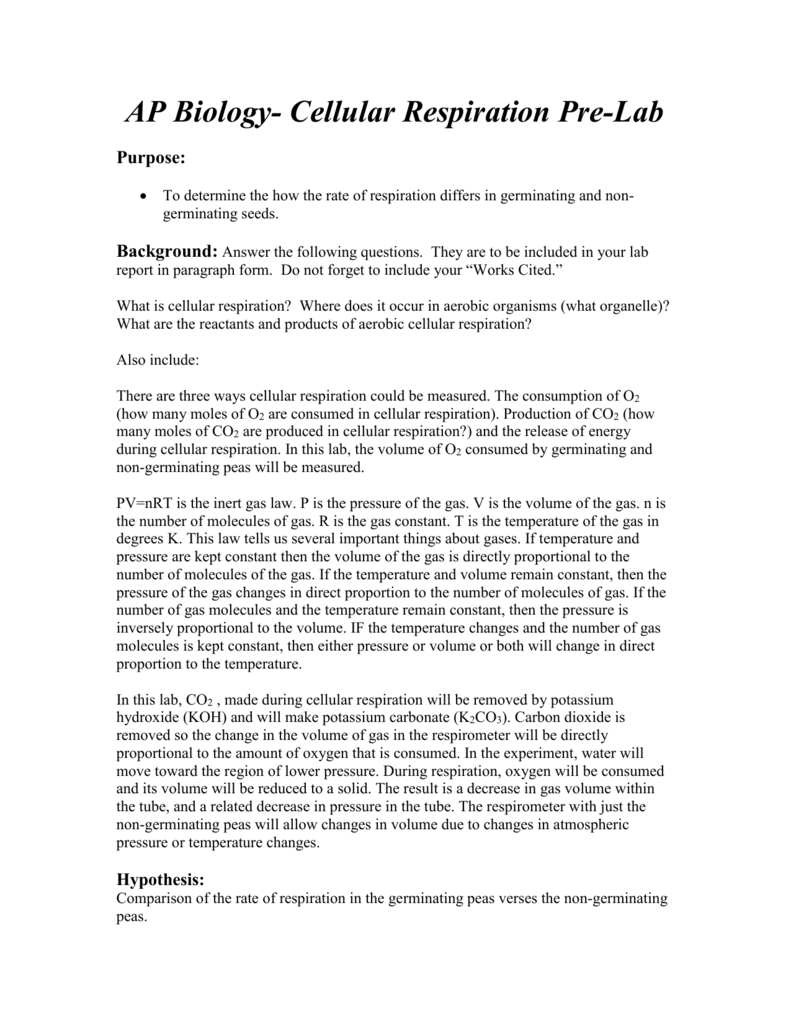


Ap Biology Lab 4 Cellular Respiration


Corn Seed Germination Lab Report
Germination of typical seeds begins with the process of imbibing the seed (the passive uptake of water), continues with resumption of cellular metabolism and ends with the emergence of the radicle (root tip) from the seed coat The processes of growth begin as germination ends, and these substantially enlarge the seedlingThe will (hopefully) impact the success of germination Independent Variable Different household cleaning products/increasing concentrations of cleaning product Dependent Variable Rate of Seed Germination Effect of Salt on Different Seed Germination Halophytes grow in Salty conditions whereas normal plants don'tBiology Lab Report Seed Germination By John Abarshi (Figure One Cress Seed Germination) Introduction This term, we embarked upon our first biology Introduction Seeds remain dormant or inactive until conditions are For example, Seed Germination is an LTF activity that readily lends itself to being


Seed Germination Lab Report Great College Essay
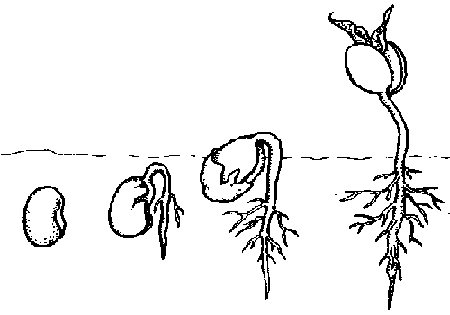


Germination Experiments
The Process of Seed Germination The complete process of seed germination is carried out in the following steps During the beginning stage of germination, the seeds take up water rapidly and this results in swelling and softening of the seed coat at an optimum temperature This stage is referred to as Imbibition It starts the growth process by activation of enzymesGenerally, you can get seeds to germinate by soaking them or placing them in a moist paper towel Seeds can be kept in open plastic storage bags , beakers, cups or petri dishes Water can still be tested as a variable, students can experiment on how much water is needed or even whether there is a difference between tap water or DI waterLab Report 1 The effects of Sodium Chloride on Seed Germination INTRODUCTION Germination is the process in which plant seeds sprout into a seedling to further develop into a mature plant (Lab manuel)
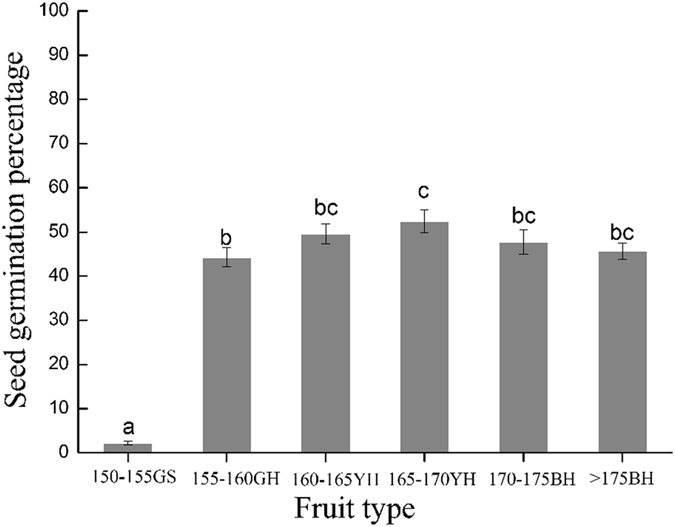


Effects Of Water Level Regulation On The Seed Germination And Production Of Annual Plant Xanthium Sibiricum In The Water Level Fluctuating Zone Of Three Gorges Reservoir Scientific Reports


Seed Germination Experiment Aim To Investigate The Following Factors Affecting Seed Germination Warmth Water Light Air International Baccalaureate Biology Marked By Teachers Com
Bean Seed Germination Lab Report by Your Name 0 Consequently, this site offers physics laboratory reports, biology laboratory studies, nourishment discipline clinical reports, chemistry laboratory files, professional medical research laboratory reports, medical clinical claims and other kinds of science research laboratory filesDylin Myers Ms Rothel Accelerated Biology 22 September 14 Germination Lab Purpose The purpose of this experiment is to test the differences of plant growth between areas that have access to light and to those who do not Research A seed is, "a flowering plant 's unit of reproduction, capable of developing into another such plantGermination of typical seeds begins with the process of imbibing the seed (the passive uptake of water), continues with resumption of cellular metabolism and ends with the emergence of the radicle (root tip) from the seed coat The processes of growth begin as germination ends, and these substantially enlarge the seedling



Pdf Effect Of Population Collection Year After Ripening And Incubation Condition On Seed Germination Of Stipa Bungeana


Lab Report On Radish Seeds Germinated In Water With Light
3ne wa, in which global warming potentia)), cou)d affect the bio)og, of weeds is b, the changes in the germination re4uirements of seeds in spring and ear), summer!What is Seed Germination ?Daily Procedures 1 Get petri dish 2 Take picture of seeds 3 Write down on data table about growth observations 4 Use dropper to add water to seeds 5 Put petri dish away Results After a few days of putting our seeds in natural sunlight, the sprouted and grew But after



Germination Of Arabidopsis Thaliana Seeds In Beloit College


Biology Experiment Air Pollution Does Sulphur Dioxide Affect Seed Germination Gcse Science Marked By Teachers Com
Generally, you can get seeds to germinate by soaking them or placing them in a moist paper towel Seeds can be kept in open plastic storage bags , beakers, cups or petri dishes Water can still be tested as a variable, students can experiment on how much water is needed or even whether there is a difference between tap water or DI waterWhat is Seed Germination ?Students investigate what environmental factors influence seed germination using beans The experiment looks at moisture, light, acidity, and other factors that may affect germination Students set up the experiment and submit a lab report
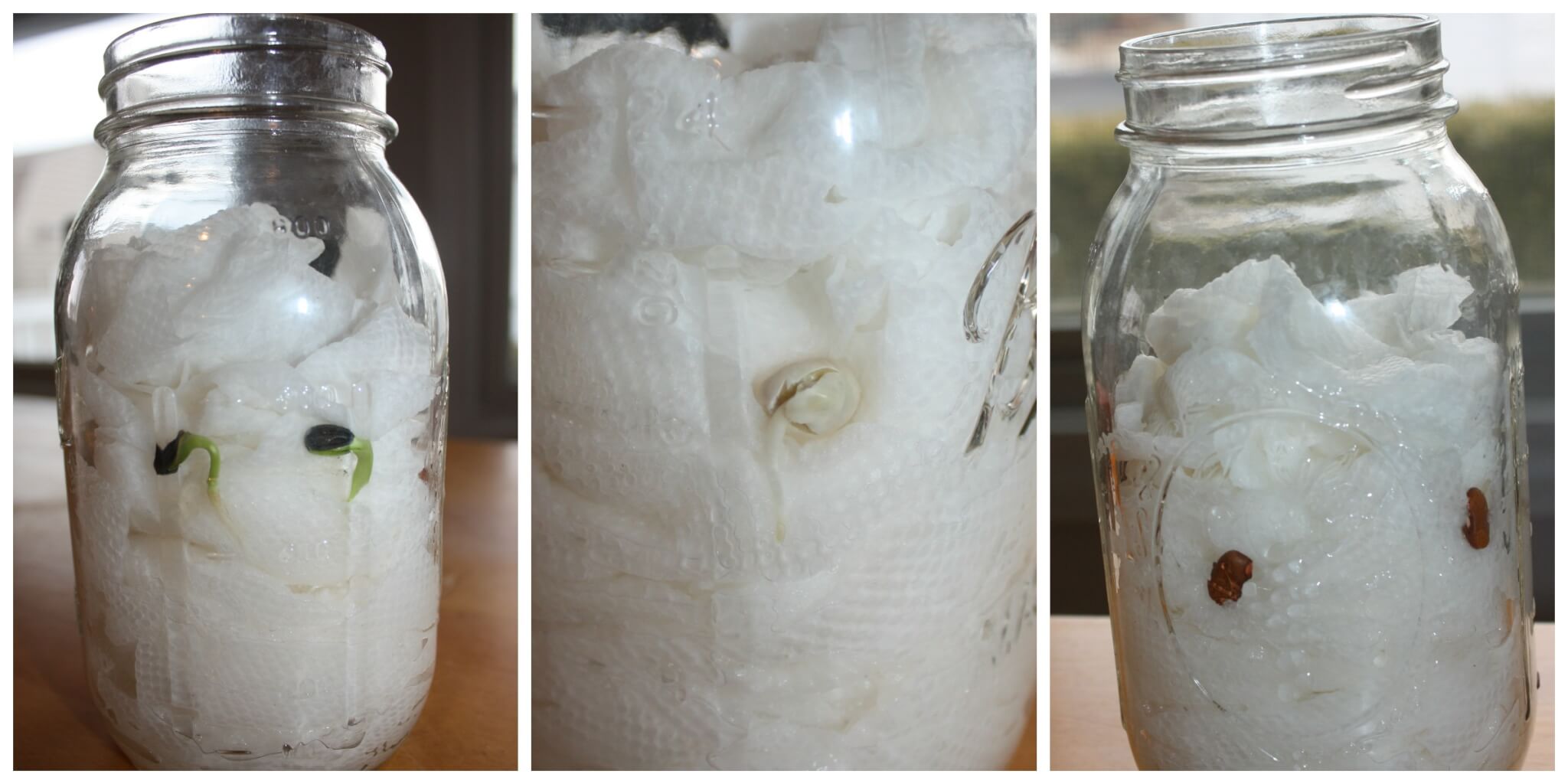


Seed Jar Science Experiment For Spring Stem Activities With Kids



Effect Of Temperature On Germination Experiment Youtube
Laboratory on Seed Germination The Effect of Light on Lettuce Seed Germination Resurrection of a classic plant physiology lab exercise American Biology Teacher 71(6) Takaki, M, and V M Zaia 1984 Effect of light and temperature on the germination ofGermination Lab Report BIOLOGY GERMINATION EXPERIMENT INTRODUCTION Germination is the resumption of growth of the embryo plant inside the seedRequirements for germination * proper temperature * the presence of adequate water * oxygen There are two types of cotyledons the monocotyledons ("monocots") and the dicotyledons ("dicots")HL IB Biology II Seed Germination Lab Part II Design Lab involving Germination To germinate, a seed requires three things – water, oxygen, and a suitable temperature In this lab you will test to see if your seeds have a water or oxygen or temperature requirement You will pick ONE of these independent variables and test it



Solved I Need Help Conducting A Lab Report Ive Never Don Chegg Com


Lab 5 Ap Sample 3 Biology Junction
How to write a lab report Methods section The format for the entire lab report is summarized in the handout of laboratory requirements BIO 121 General Biology Sample Lab Report This handout will use a lab material on seed germination as an example of how to write a methods sectionCoCo Seed Germination Lab BIOL 1401 General Biology Laboratory Seed Germination Exercise Introduction Seeds are produced by the more advanced plant groups that we will study this semester – Gymnosperms and Angiosperms, which are grouped as seededvascular plants While we often take seeds for granted, they are remarkable in their physiologies and very diverse in their structure and



Lab Report Elisha Abochie Ansah Professor F Tamari Bio 13 Section 5 Allelopathy Microbial Influence On Positive And Negative Alellopathy Elisha Course Hero


Investigating The Effects Of Salt On Seed Germination International Baccalaureate Biology Marked By Teachers Com
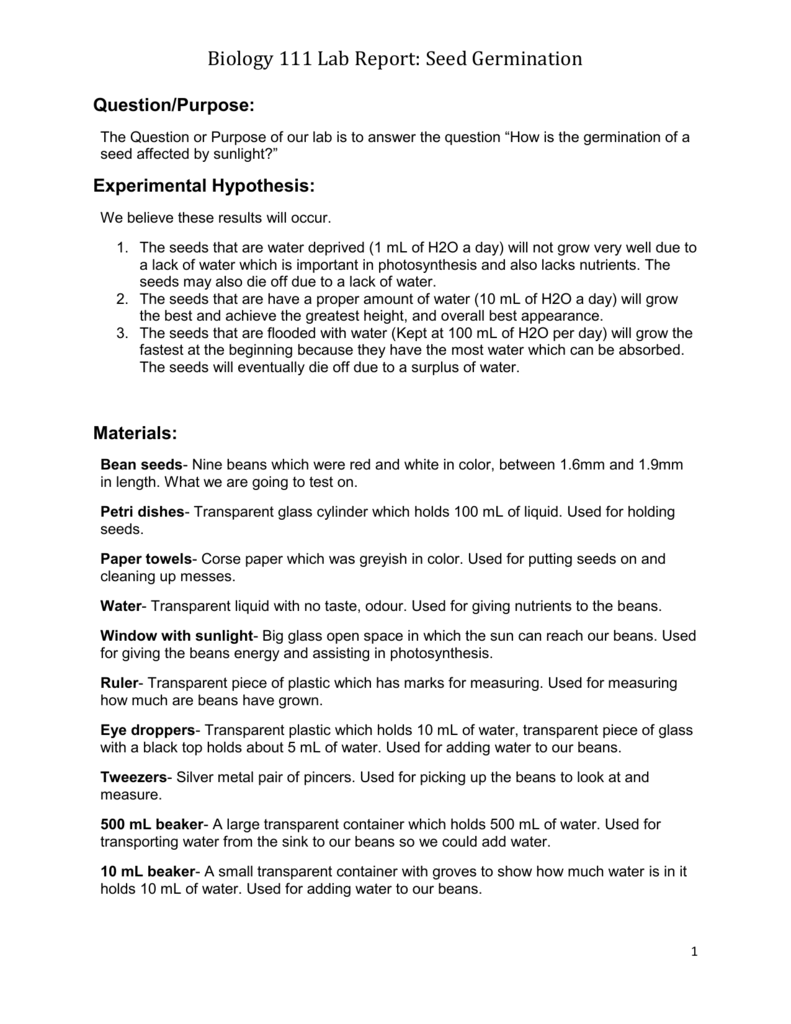


Biology 111 Lab Report Seed Germination


The Open Door Web Site Biology Practical Work Additional Experiments On Seed Germination To See If Carbon Dioxide Is Given Off By Germinating Seeds


Using Cress In The Lab


Seed Germination Requirements Ingridscience Ca



Seed Germination Lab Report Sample Page 1 Line 17qq Com



Biology Lab



Investigation What Factors Affect Seed Germination



Seed Dormancy And Germination Current Biology


Factors Affecting Seed Germination Lab The Effect Of Light Gcse Science Marked By Teachers Com



Seed Germination Biology I The Scenario You Will Be Given A Dish With 10 Seeds Your Job Is To Answer The Following Question What Is The Percent Germination Ppt Download


Seed Germination Experiment Aim To Investigate The Following Factors Affecting Seed Germination Warmth Water Light Air International Baccalaureate Biology Marked By Teachers Com
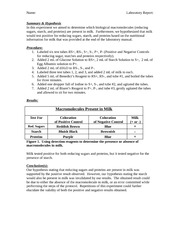


Seed Germination Lab Report Canada Type



Bio 151 Seed Germination Lab Report Title The Effect Of The Hypertonic And Hypotonic Environments On Seed Germination Abstract Germination All Begins Course Hero



Biol 100 Lab Schedule
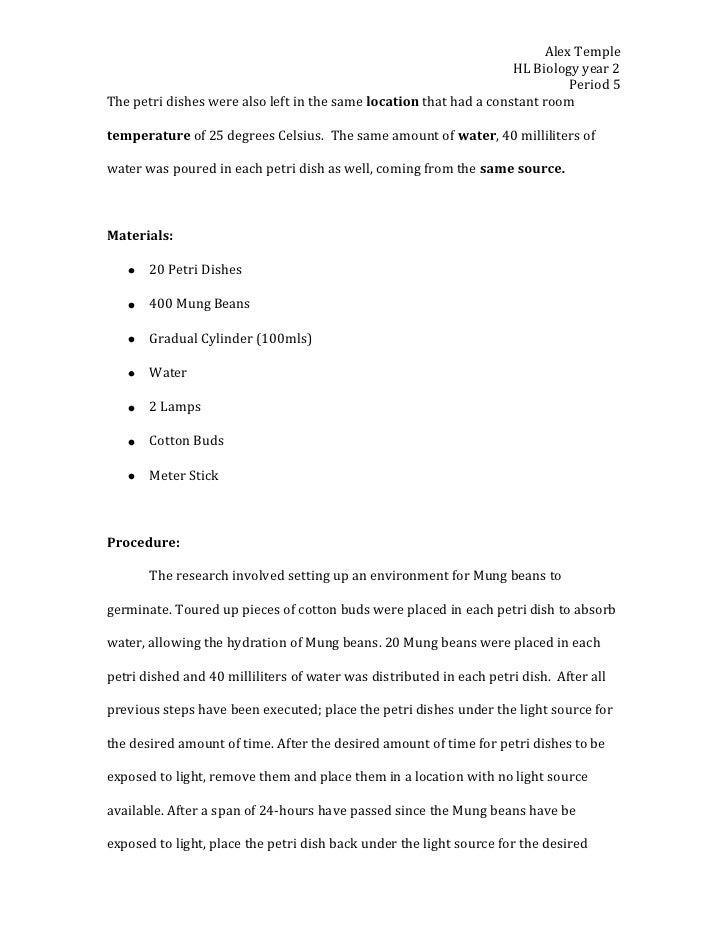


Biology Lab
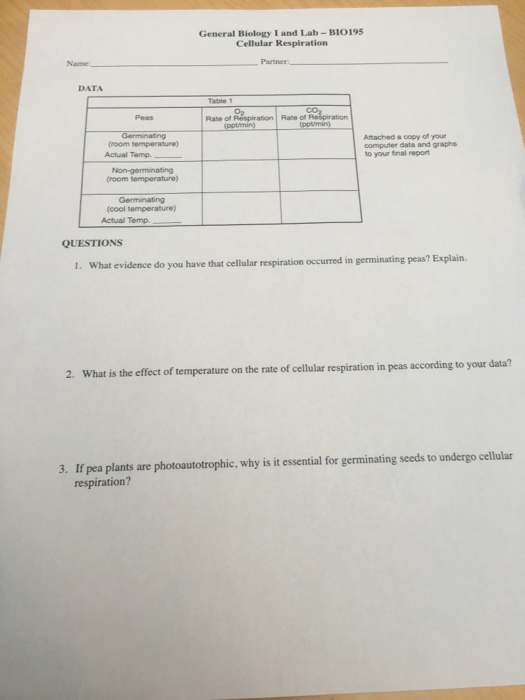


Solved What Evidence Do You Have That Cellular Respiratio Chegg Com



Lab Report For Pinto Seeds Docx Lab Report Pinto Seeds 1 What Are Some Factors That Can Affect Seed Germination Sunlight Water Temperature Humidity Course Hero



What Is Seed Germination Definition Process Steps Factors Video Lesson Transcript Study Com



Bio 1500 Lab Report 1 Seed Germination


Lab 5 Cellular Respiration By Kris Layher Biology Junction



Wbpf4rtazbdhpm
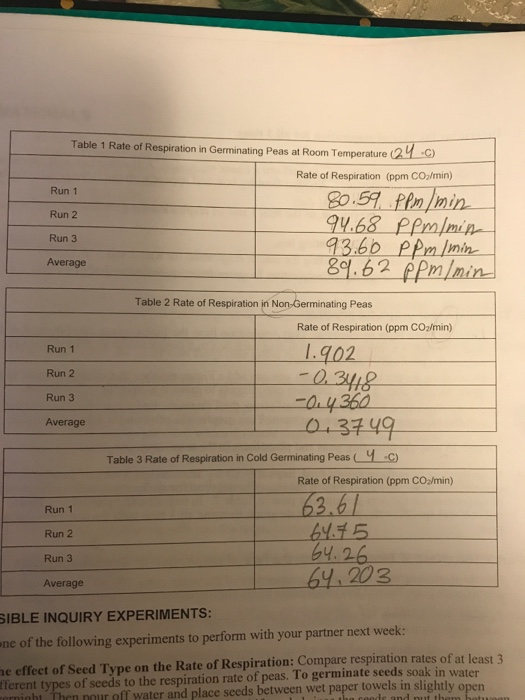


Solved Can You Please Help Me Write A Material And Method Chegg Com



Biology Lab



Seed Germination Report Sample Easy Seedling Seed



Bio 1500 Factors Affecting Seed Germination Lab Report Mahnoor Siddiqui 4 October 16 Biology 1500 Basic Life Diversity Ta Renee Le Tissier Boogren Course Hero


Seed Germination Experiment Aim To Investigate The Following Factors Affecting Seed Germination Warmth Water Light Air International Baccalaureate Biology Marked By Teachers Com
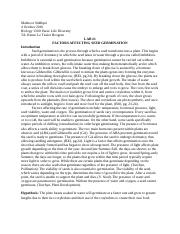


Bio 1500 Lab Report Areeb Asifee 27 June 16 Bio 1500 Lab Ta Rebecca Jackson Seed Germination Lab Report Introduction Seed Germination Is The Process Course Hero


Effects Of Light And Temperature On Seed Germination In Cecropia Hololeuca Miq Cecropiaceae



Seed Germination Process Necessity And Its Major Factors



Seed Jar Science Experiment For Spring Stem Activities With Kids



Microscope Cell Lab Cheek Onion Zebrina Schoolworkhelper


Effect Of Microwave Radiation On Lentil Seeds Lab Report International Baccalaureate Biology Marked By Teachers Com
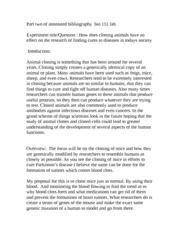


Annotated Bibliography Course Hero Does Word Count Matter In Admissions Essays Gfxspeak Com



Seed Germination Experiment Ask A Biologist



The Effect Of Ph On Mung Bean Sprout



Cellular Respiration Lab Report Cellular Respiration Redox



Lab Cell Respiration Modified Ap Lab 6 Overview In This Lab
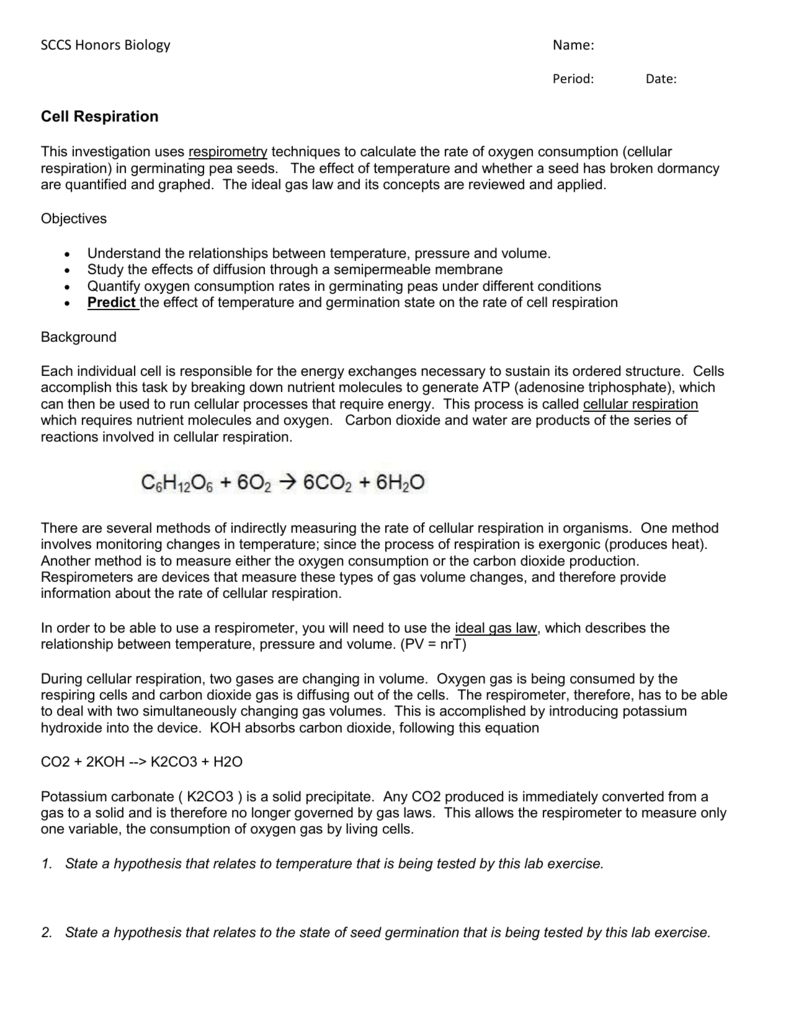


Lab Report Mrs Brenner S Biology



Bio 1500 Lab Report 1 Seed Germination



Solved It S For Bio Lab Can You Please Answer The Bottom Chegg Com



Final Lab Report On Bean Beetles The Effect Of Bean Type On The Choice And Studocu
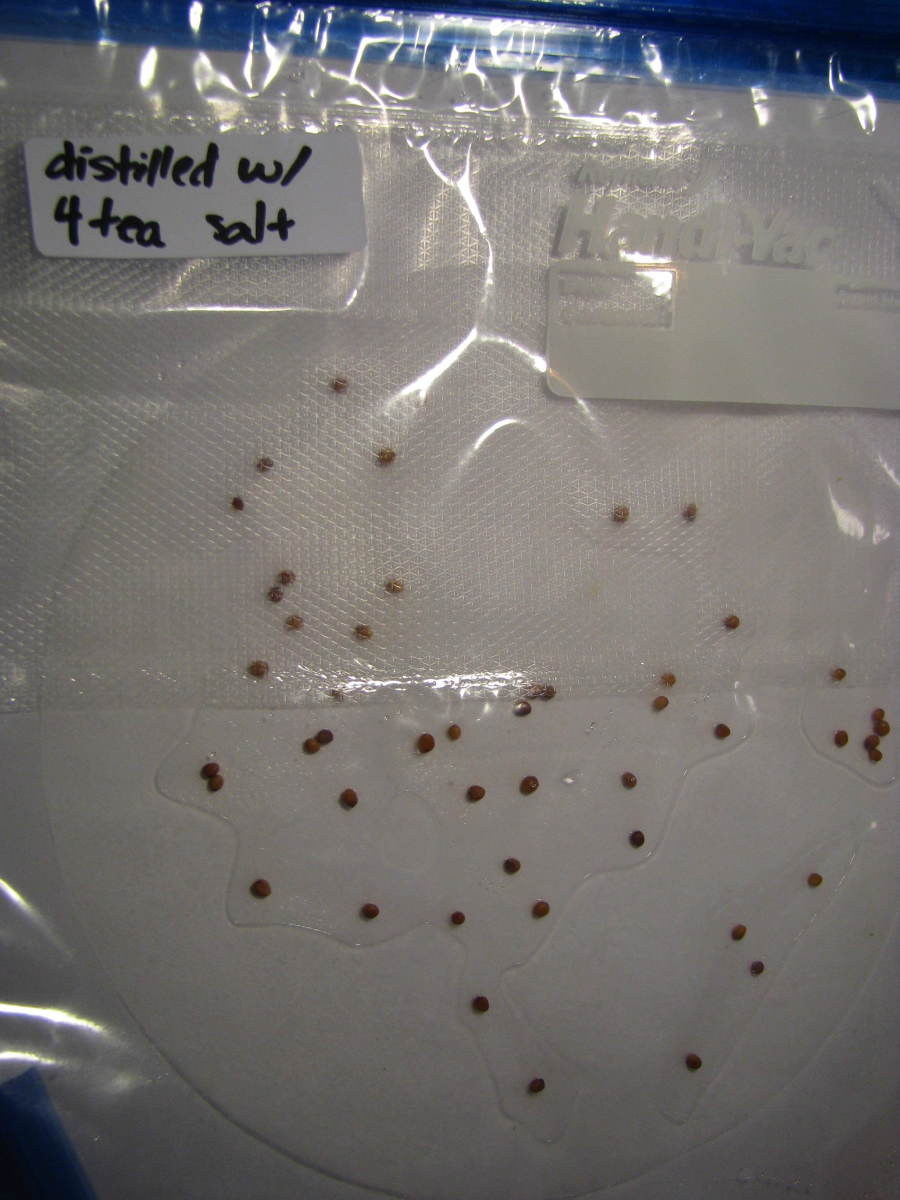


Science Project How Does Salt Affect Seed Germination Owlcation Education


Biology Lab Report Germination International Baccalaureate Biology Marked By Teachers Com


Abstract In A Lab Report Top Quality Homework And Assignment Help



Effect Of Ph On Sunflower Seeds Bio Lab Report Studocu
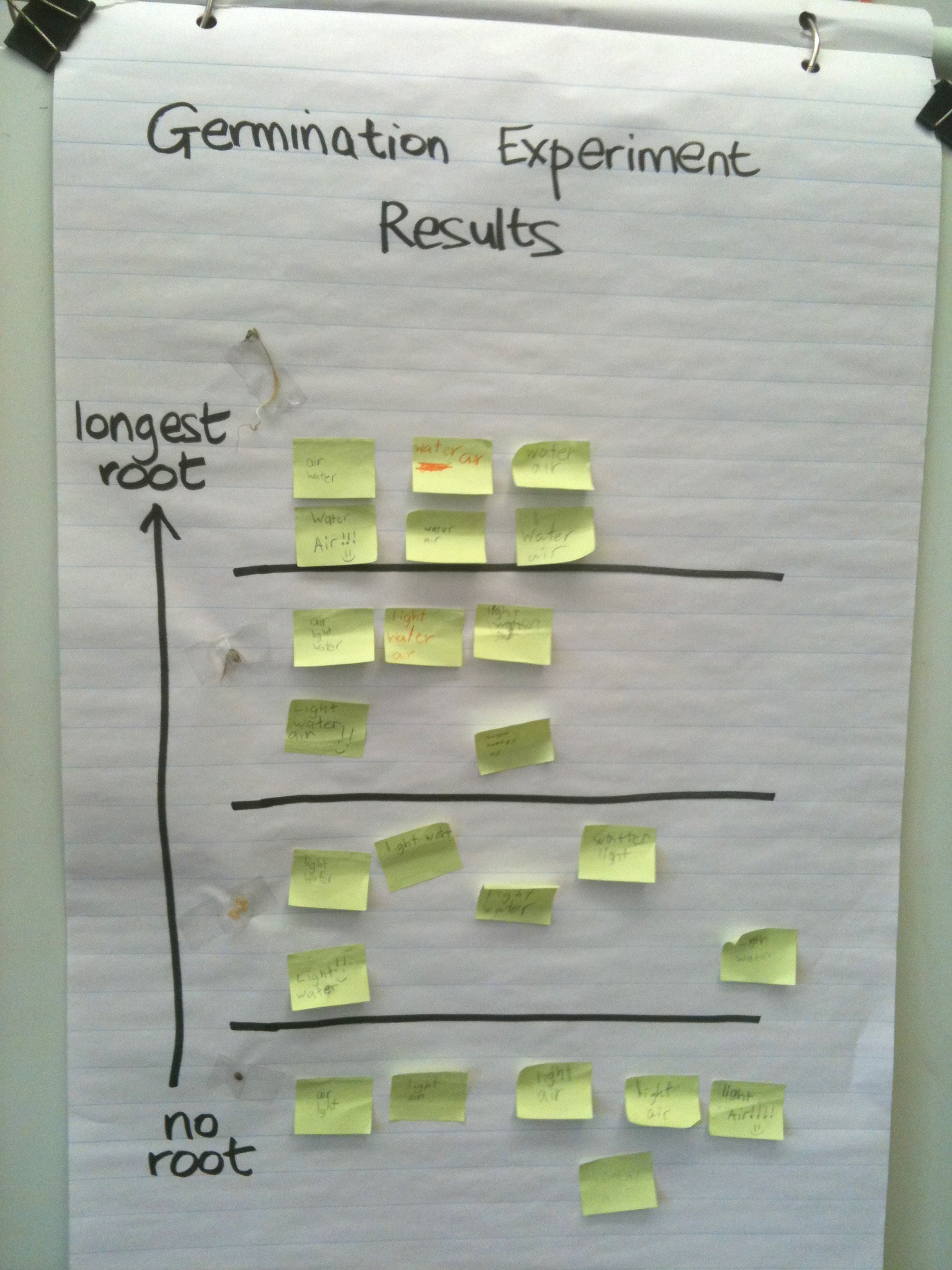


Seed Germination Requirements Ingridscience Ca



Science Project How Does Salt Affect Seed Germination Owlcation Education
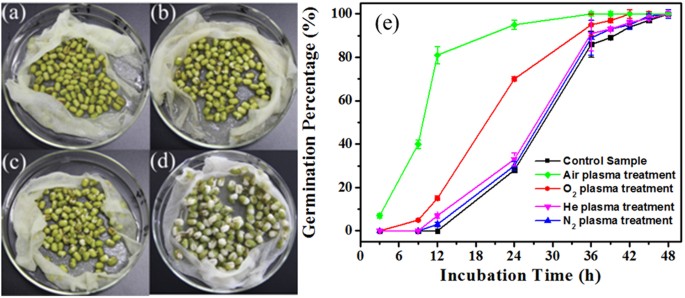


Effects Of Atmospheric Pressure N 2 He Air And O 2 Microplasmas On Mung Bean Seed Germination And Seedling Growth Scientific Reports



Title Effects Of Ph On Germination Of Radish Seeds



Seed Germinator Biology Ecology Science Activity Exploratorium Teacher Institute Project
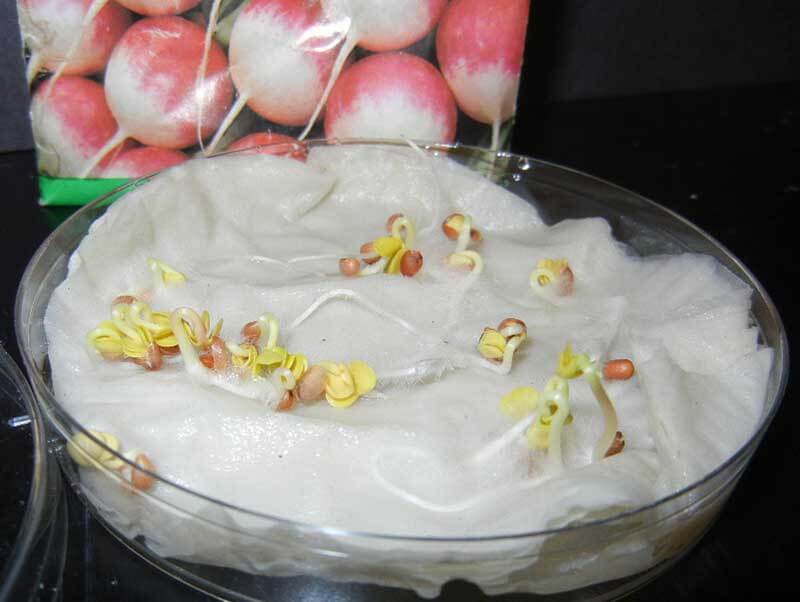


Investigation What Factors Affect Seed Germination



Lg 1305 Seed Germination Diagram The Seeds Were Observed After Free Diagram


Seed Germination Experiment How Would Different Levels Of Temperature Of Water Affect The Rate Of Seed Germination International Baccalaureate Biology Marked By Teachers Com
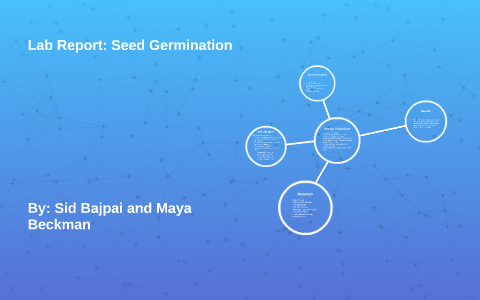


Lab Report Of Seed Germination By Sid Bajpai



0 件のコメント:
コメントを投稿